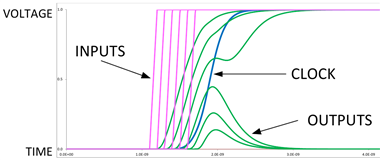The Am3352 has 8 dm_timers. I want a counter function which can count pulse. Can the DM_timer use as a counter? Does the DM timer IP work well when TCLKIN hasnot signal?
When I select TCLKIN as the functional clock of dm timer and TCLKIN is no signal, then the Linux driver cannot access the dm timer.


